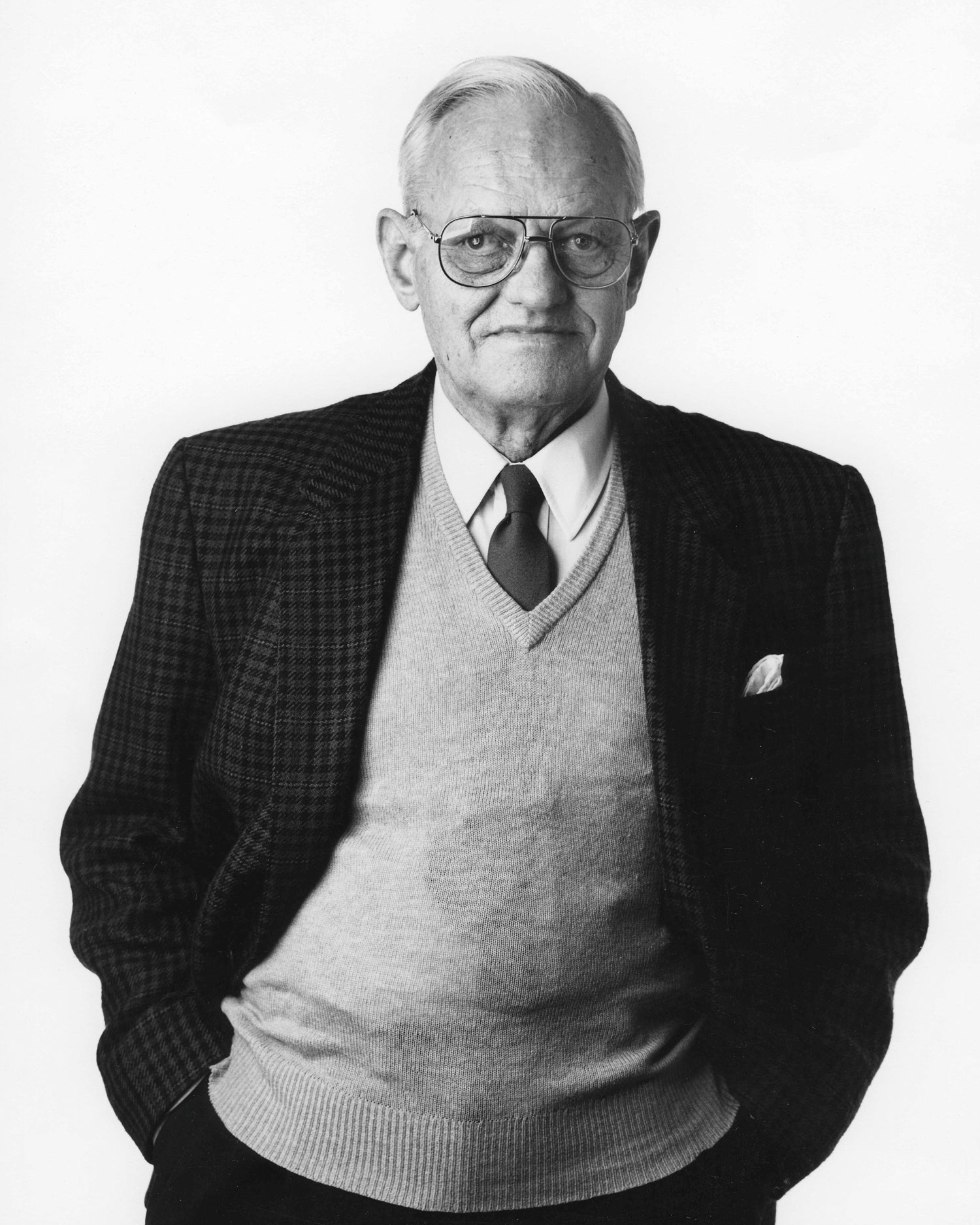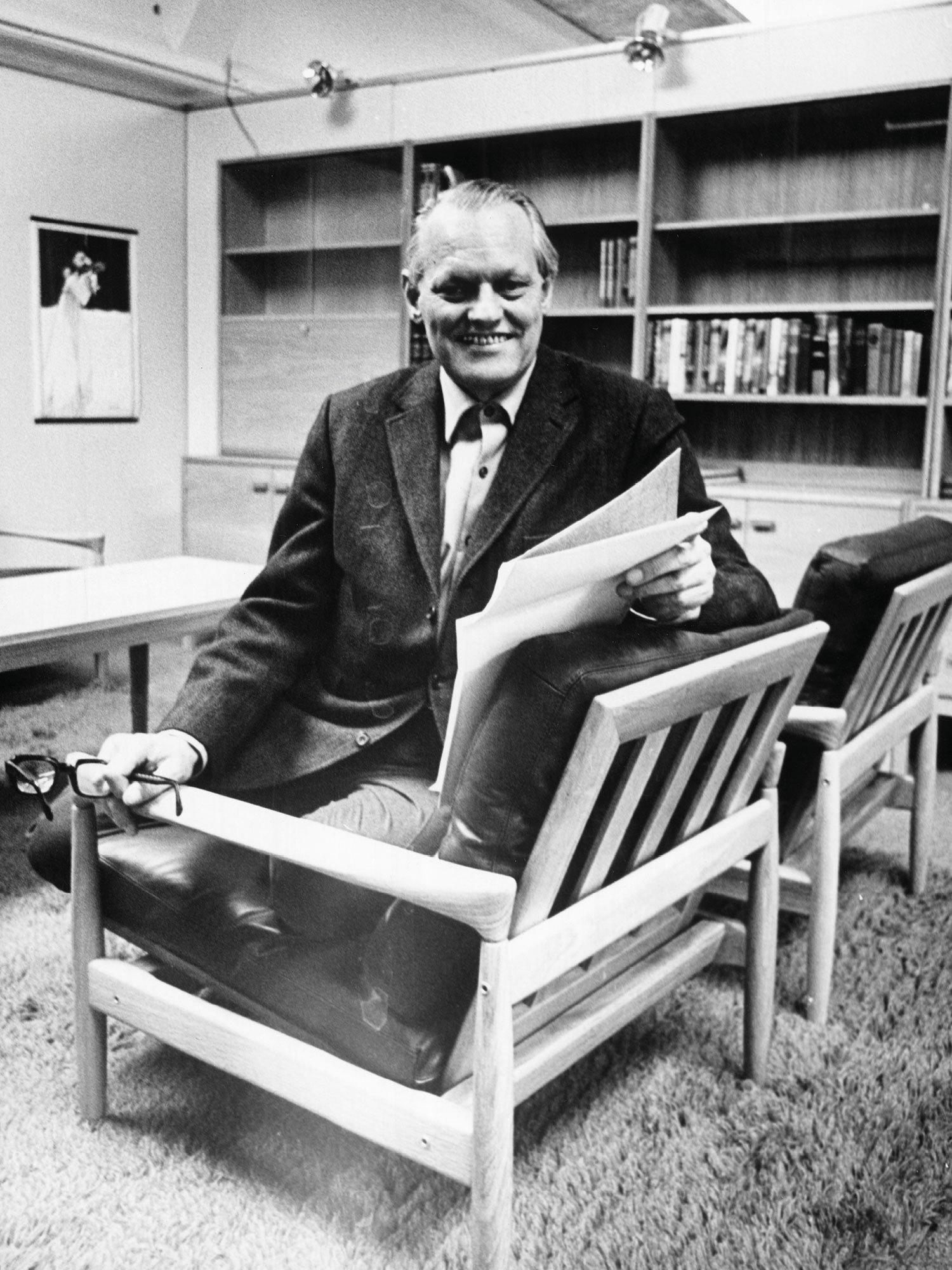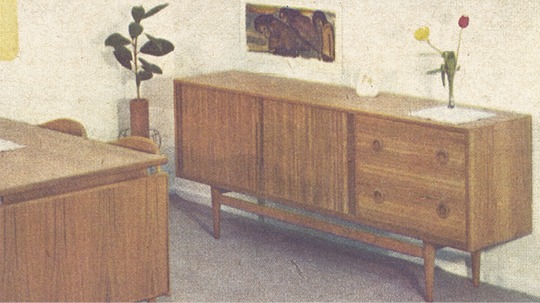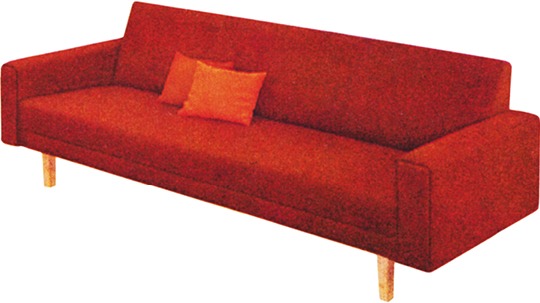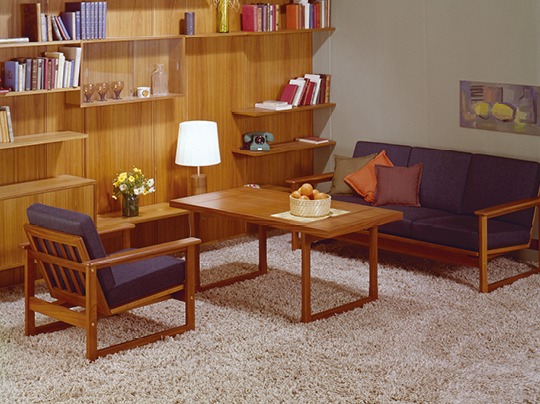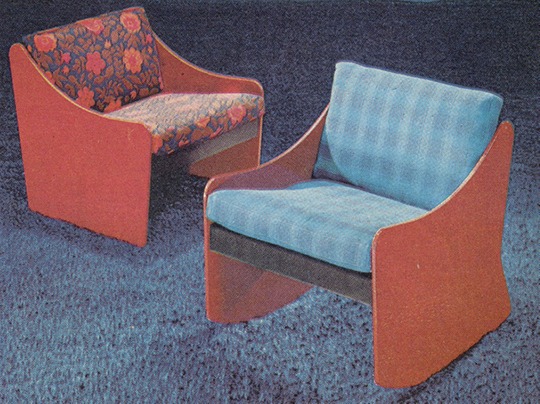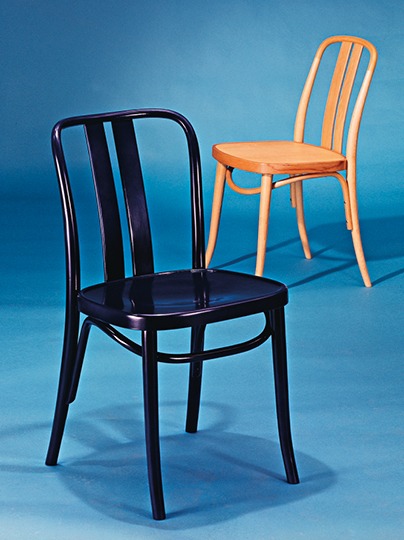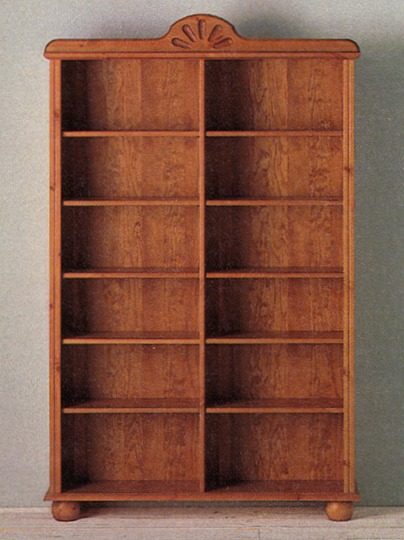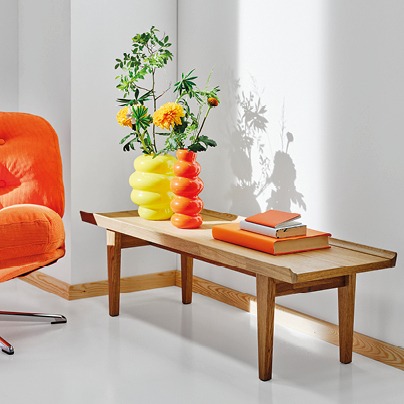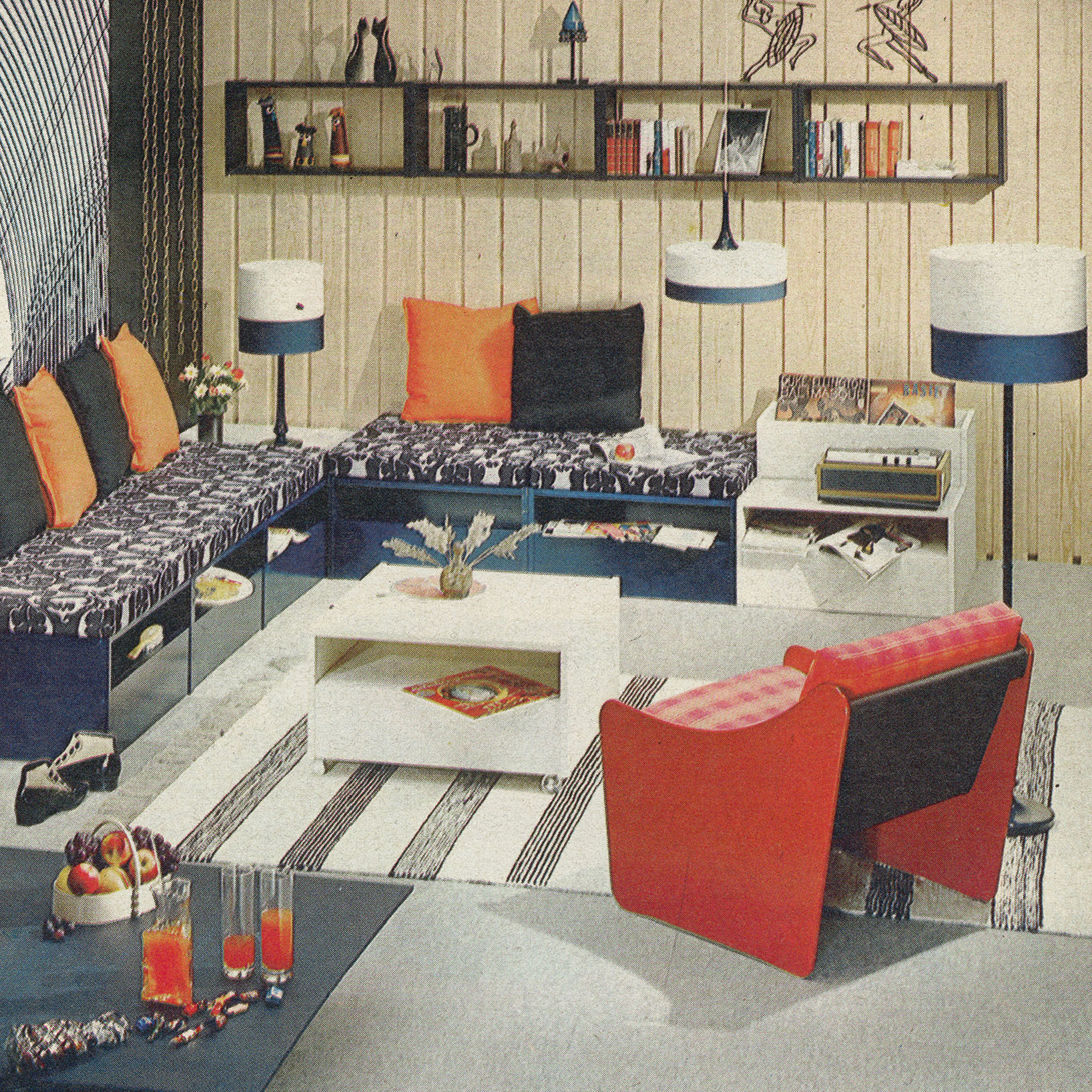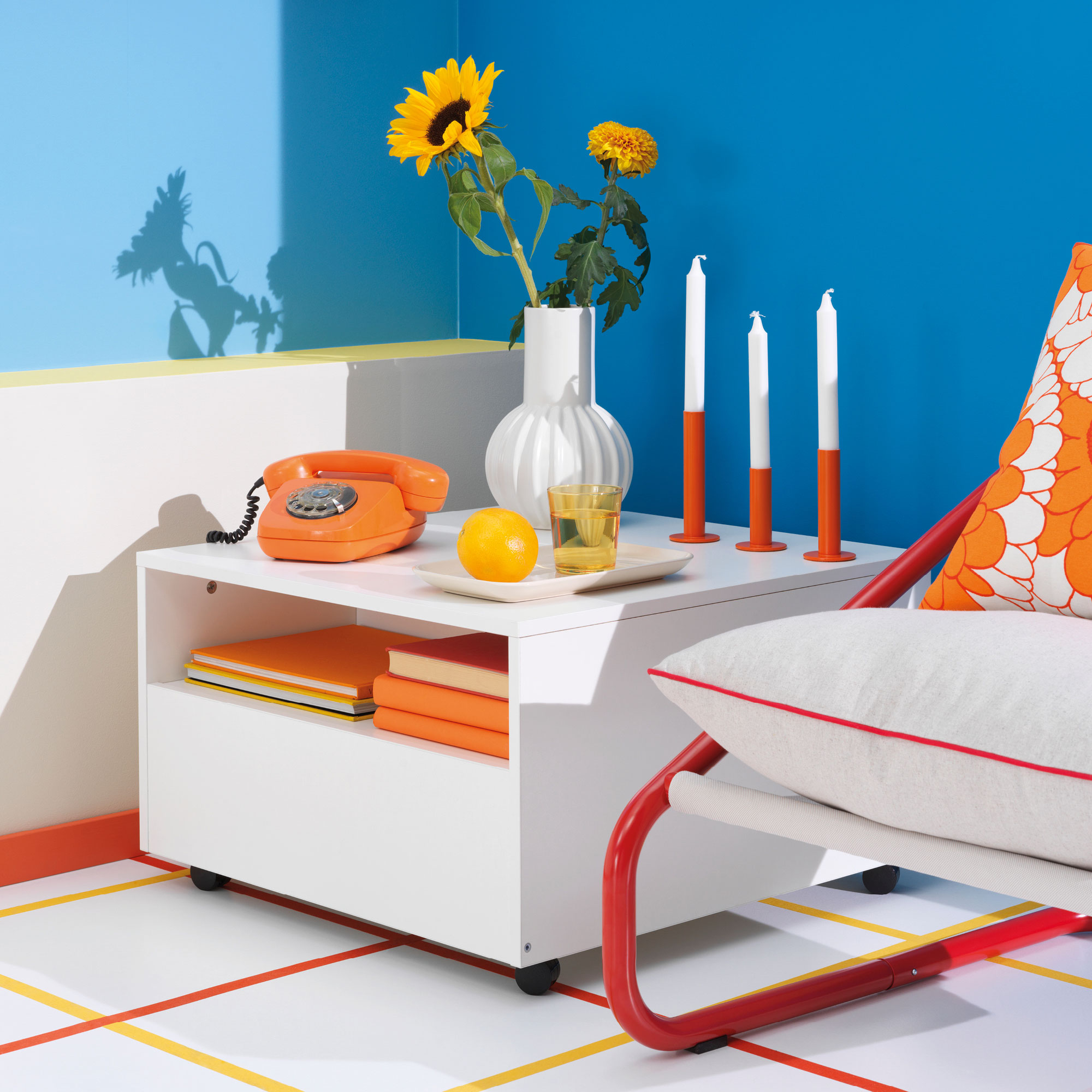37
Erik Wørts got started apprenticing in the family business, Wørts Møbelsnedkeri, run by his father, Henrik. After completing his studies at the Danish School of Crafts in 1937, he started designing furniture in his father’s workshop. Several of their pieces were shown at the prestigious annual Cabinetmakers’ Exhibitions in Denmark.
In 1944, Erik Wørts moved to Sweden to work for the luxury department store Nordiska Kompaniet (NK), whose ‘Triva’ series was the first flatpack furniture sold in Sweden. One of Erik’s coworkers at NK was designer Bengt Ruda, who later left to work at IKEA.

